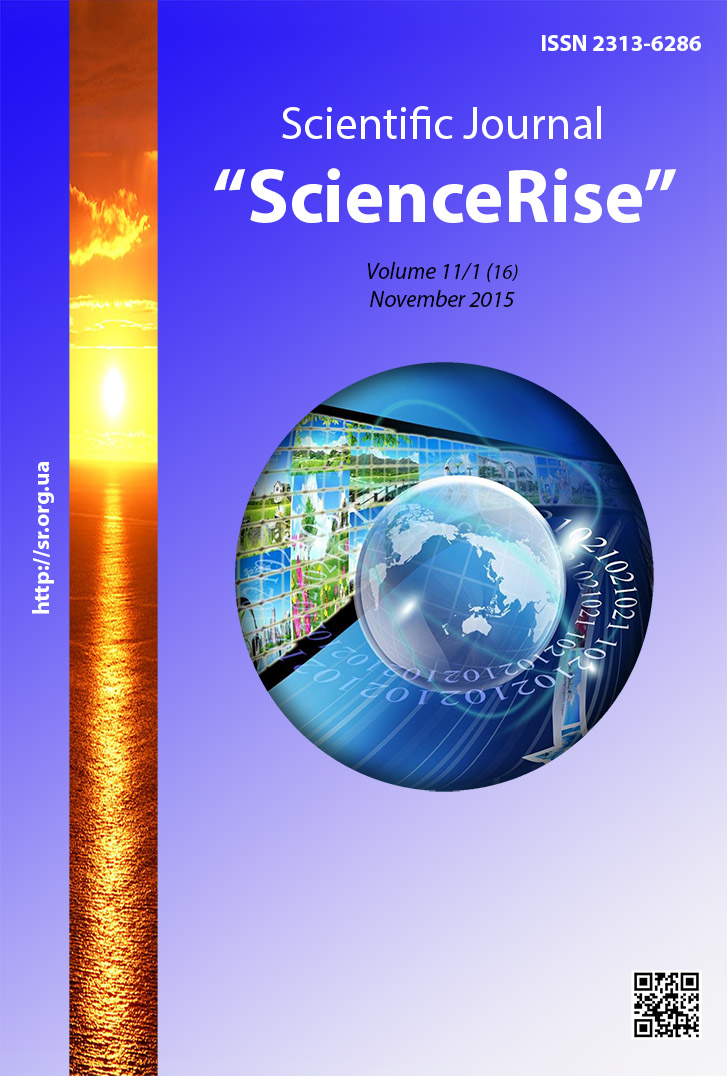Formation of the controlling mechanism in the management of innovative development of enterprise potential
DOI:
https://doi.org/10.15587/2313-8416.2015.53074Keywords:
controlling, innovative development, enterprise potential, management mechanism, strategic positioningAbstract
The article presents the guidelines for the formation of the controlling mechanism in the activation cycles of innovative activities and the formation of the development programs of the enterprise potential. It is offered understanding the development potential and proved grouping of controlled performance, taking into account the level of innovation ability of the enterprise. It is presented the strategic matrix of determining the composition of performance, determination of monitoring parameters and aspects of controlling mechanism
References
Hahn, D., Hungenberg, H. (2005). Value-oriented controlling concept. Мoscow: Finance and Statistics, 928.
Sukharev, L. A., Petrenko, S. N. (2002). Controlling – the basis of business management. Kyiv: Elga Nika-Center, 208.
Karminsky, A. M., Deer, N. I., Priymak, A. G., Falco, S. G. (2002). Methodical and practical bases of construction of the controlling organizations. Moscow: Finance and Statistics, 256.
Lindgren, M. Bandhold, X. (2009). Scenario planning. The relationship between the future and the strategy. Moscow: Olimp-Business, 256.
Pushkar, M. S., Pushkar, R. M. (2004). Controlling – strategic management information subsystem. Ternopol: Carte Blanche, 370.
Rudnytsky, V. S., Rudnytsky, T. V. (2012). Types of modern controlling. Lviv Polytechnic National University Publishing House, 722 (81), 221–225.
Grigorash, I. A. (2010). Classification controlling instruments. Кyiv: Kyiv National Economic University, 244–252.
Mann, R., Meyer, E. (1992). Controlling for beginners. Moscow: Finance and Statistics, 304.
Petenko, I. V., Tendrils, S. M. (2004). Logistic potential commercial mediation. Proceedings of DonNTU, 80, 88–93.
Voronkov, A. E. (2000). Strategic management of competitive potential of the enterprise. Lugansk: VNU, 315.
Alekseev, I. V., Kolesnik, N. K., Moroz, A. S. (2007). Resource Management software financial-industrial groups. Lviv: Vydavnytsvto National University "Lviv Polytechnic", 132.
Tsygankov, T. N. (2001). Management of international marketing. Kyiv: KNEU, 132.
Lebedev, V. G., Krasovsky, V. P., Poltorygin, V. K., Zlobin, B. K. (1980). Material and technical base of production. Moscow: Thought, 276.
Pylypenko, A. A., Lуtvуnenko, A. A. (2011). The potential restructuring of logistics in circuit development of strategic management of enterprise. Business Info, 12, 165–168.
Jankowski, K., Muharam, I. (2001). Organization of investment and innovation. Sankt-Peterburg: Peter, 448.
Jansen, F. (2002). Era of innovation. Moscow: INFRA-M, 308.
Fedonin, A. S., Repinа, I. M., Oleksyuk, A. K. (2003). The potential of the company: development and evaluation. Kyiv: Kyiv National Economic University, 316.
Yastremskaya, A. М. (2011). Implementation of management consulting industry by determining their susceptibility to development. Business Inform, 12, 151–158.
Lуtvуnenko, A. A. (2009). Evaluation of susceptibility to the production of industrial enterprise innovation. Kommunalnoe economy cities. Series: Economic Science, 87, 156–162.
Downloads
Published
Issue
Section
License
Copyright (c) 2015 Аліна Олександрівна Литвиненко, Андрій Анатолійович Пилипенко

This work is licensed under a Creative Commons Attribution 4.0 International License.
Our journal abides by the Creative Commons CC BY copyright rights and permissions for open access journals.
Authors, who are published in this journal, agree to the following conditions:
1. The authors reserve the right to authorship of the work and pass the first publication right of this work to the journal under the terms of a Creative Commons CC BY, which allows others to freely distribute the published research with the obligatory reference to the authors of the original work and the first publication of the work in this journal.
2. The authors have the right to conclude separate supplement agreements that relate to non-exclusive work distribution in the form in which it has been published by the journal (for example, to upload the work to the online storage of the journal or publish it as part of a monograph), provided that the reference to the first publication of the work in this journal is included.

